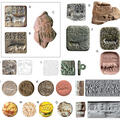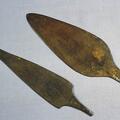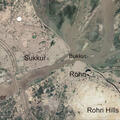Indus Valley: Early Commercial Connections with Central and Western Asia
A must-read paper for those fascinated by the extensive trade networks that the ancient Indus civilization was integrated with. Infused with the latest research from the many regions in question, it summarizes and delves into the evidence of people, texts, animals, minerals and plants to seals and weights, pottery, stone, metal and ivory objects, statues, games and toys and more.







